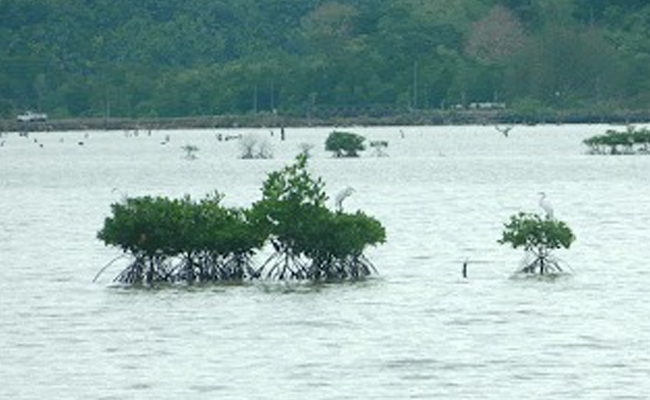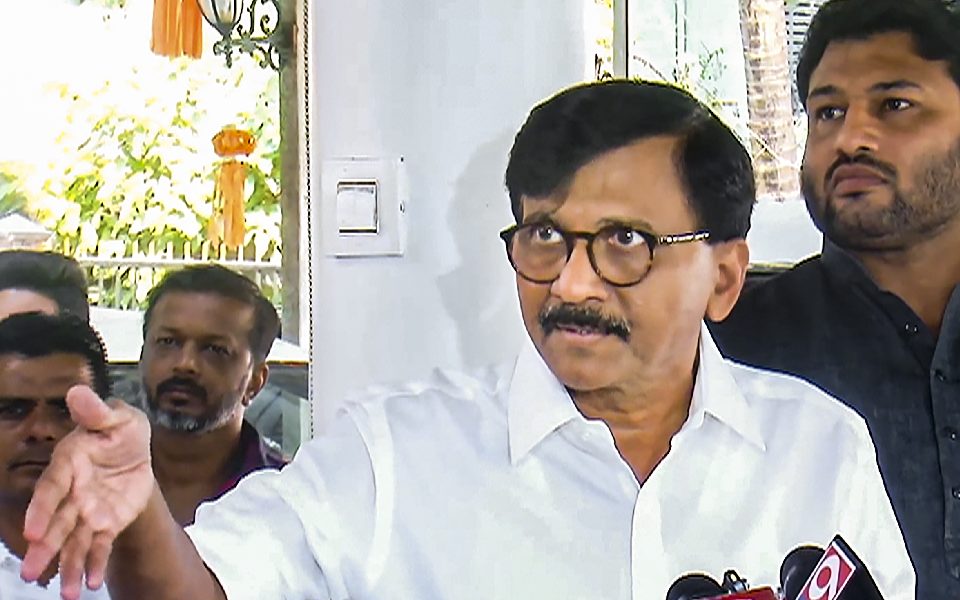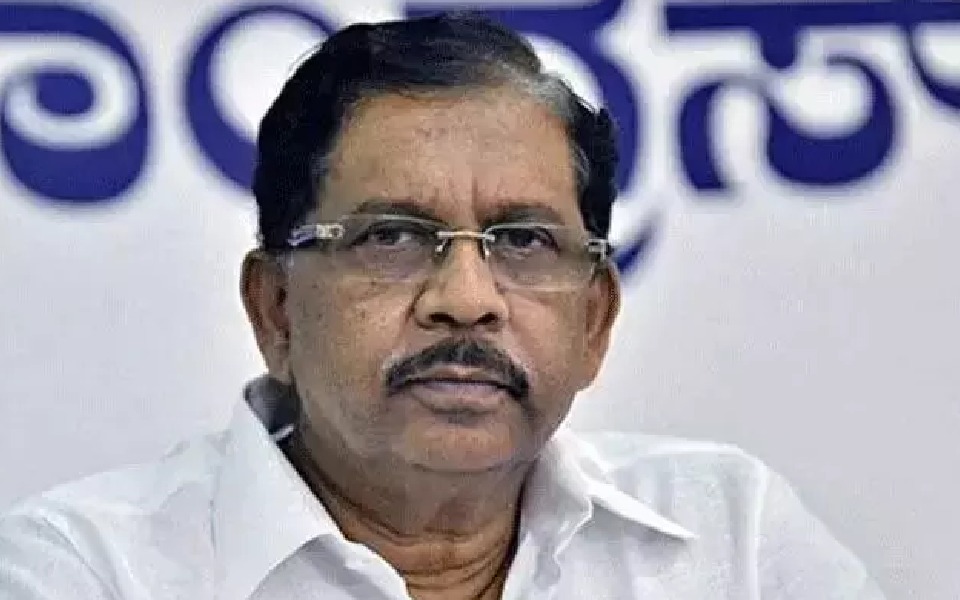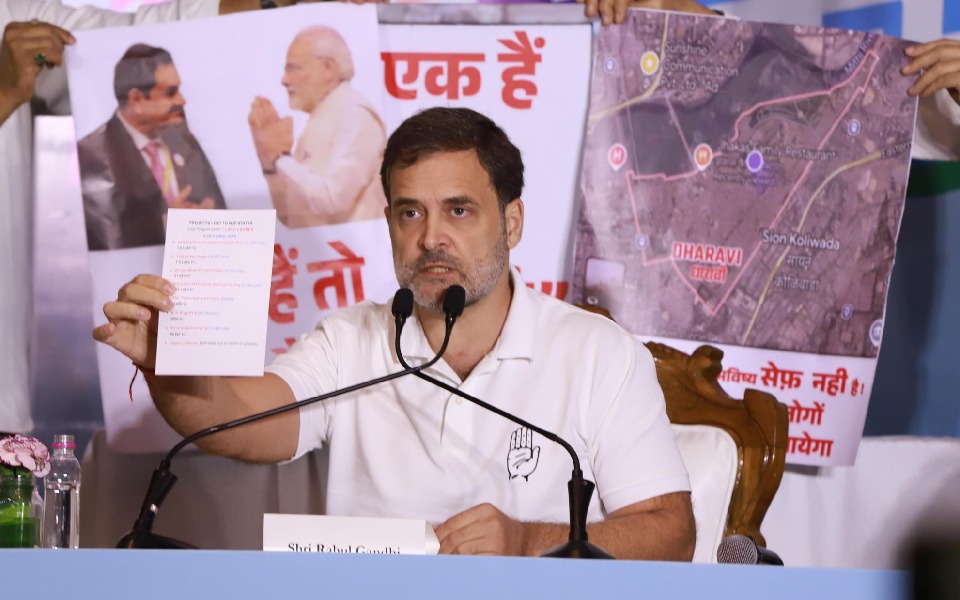It was a holiday, everyone at home was relaxing. My sister-in-law and I decided to prepare a light breakfast and planned a special biryani for lunch. With this decision, we set about cleaning the house and getting other chores done. Suddenly, I felt as if I were going to faint. I mentioned it to my sister-in-law, who was in the kitchen at the time, telling her, “I feel like I’m going to fall.” She responded, “It's not dizziness, it’s an earthquake! Run!”
We both dashed to our respective rooms to pick our children and joined the rest of the family outside on the road.
It was December 26, 2004, at precisely 7:58:53 in the morning, a massive earthquake, measuring between 9.2 and 9.3 in magnitude, struck off the western coast of northern Sumatra, Indonesia. Known to the scientific community as the Sumatra-Andaman earthquake, this underwater mega thrust earthquake was caused by the rupture between the Burma and Indian tectonic plates. Though theoretically, the Richter scale has no upper limit, in practice, earthquakes of magnitude greater than 8.6 are rarely recorded.
This was a new and terrifying experience for me; it felt as though the world was ending. The earthquake was marked by the longest fault rupture ever recorded, spanning between 1,200 to 1,300 kilometers (around 720 to 780 miles), and the faulting itself lasted for an unprecedented ten minutes. The planet’s surface trembled by as much as 10 millimeters (0.4 inches), and the quake was powerful enough to trigger tremors in remote regions like Alaska.
Once the ground ceased its violent shaking, we all, shaken and sharing our fear and disbelief, made our way back inside. Unaware that this was only the beginning, we noticed that both electricity and phone lines were down. Those who had ventured out early to gather essentials returned with alarming news: “The water is rising!” At that moment, none of us in these islands knew what that meant. Soon, our world would change forever as we encountered, for the first time, the word "tsunami"- a phenomenon that was about to become the world's first global disaster.
This massive tsunami resulted from an underwater earthquake in the Indian Ocean. It devastated fourteen countries with approximately 230,000 deaths globally. At Andaman and Nicobar alone, official statistics confirm 3,077 persons missing declared dead. Over 50,000 persons from the local population residing on both islands were ravaged by these waves with, perhaps, many other silent lives engulfed by those mighty waves. Entire livelihoods were destroyed as sea water ruined the agricultural land in Nicobar Islands while submerging large areas of farmland in South Andaman. Since then, December 26th comes to be known as 'Boxing Day' in these islands.
As we approach the 20th anniversary of the disaster, today, the 5th November commemorates the event known as Inamura-no-hi of 1854, when Japanese farmer Hamaguchi Goryō foresaw the approach of a tsunami following an earthquake. He noticed the warning sign and set fire to his paddy sheaves to warn his village so that they could save themselves before the disaster struck. This is one of the earliest examples of community preparedness in the face of natural disasters.
The observance reminds global leaders the need for community awareness about the risks of tsunamis since more than 700 million people live along vulnerable coastlines. It also focuses on the strengthening of global cooperation to increase tsunami readiness, especially as the population density in coastal regions continues to rise.
The lead agency of the UN for coordinating disaster risk reduction is the United Nations Office for Disaster Risk Reduction, known as UNDRR, in the UK. Using its area of expertise, it helps strengthen partnerships with national and local governments, intergovernmental organizations, civil society, and the private sector. This year’s theme for World Tsunami Awareness Day resonates with the International Day for Disaster Risk Reduction and the Summit of the Future, emphasizing the role of “youth and future generations.” With the campaign #AreYouReady24, observance activities aim to honor the 20th anniversary of the Indian Ocean Tsunami by passing on valuable lessons to today’s youth. UNDRR is encouraging tsunami-prone nations to enhance evacuation routes, install updated warning systems, and promote awareness among children and young people. Additionally, they invite youth and educational institutions to engage with the *Stop Disasters* online game, fostering practical knowledge on saving lives during disasters.
The memories of this tsunami unleashed by a 9.0 magnitude earthquake which, 20 years on, released energy equivalent to 23,000 Hiroshima-type atomic bombs taking only 15 minutes to 7 hours to devastate fourteen countries and killing over 230,000 people are a potent reminder of the catastrophic consequences in the event of inadequate preparation. We have to learn from this tragedy so that the same mistake does not happen in the future. The administration should give emphasis to efficient disaster risk management and resilient early warning systems so that vulnerable communities are protected from such serious disasters.
Let the Truth be known. If you read VB and like VB, please be a VB Supporter and Help us deliver the Truth to one and all.
Mumbai, Nov 25: Shiv Sena (UBT) MP Sanjay Raut on Monday demanded a re-election in Maharashtra using ballot papers, claiming there were irregularities with the electronic voting machines (EVMs).
Talking to reporters, Raut alleged several complaints about EVMs malfunctioning and questioned the integrity of the recently held elections.
The BJP-led Mahayuti won 230 out of 288 seats in the assembly elections, while the opposition Maha Vikas Aghadi managed 46 seats, with Shiv Sena (UBT) winning just 20 out of 95 seats it contested.
"We have received nearly 450 complaints regarding EVMs. Despite raising objections repeatedly, no action has been taken on these issues. How can we say these elections were conducted fairly? Hence, I demand that the results be set aside and elections be held again using ballot papers," Raut said.
Citing some instances, he said a candidate in Nashik reportedly received only four votes despite having 65 votes from his family, while in Dombivli, discrepancies were found in EVM tallies, and election officials refused to acknowledge the objections.
The Sena (UBT) leader also questioned the credibility of the landslide victories of some candidates, saying, "What revolutionary work have they done to receive more than 1.5 lakh votes? Even leaders who recently switched parties have become MLAs. This raises suspicions. For the first time, a senior leader like Sharad Pawar has expressed doubts about EVMs, which cannot be ignored."
Asked about the MVA's poor performance in the elections, Raut rejected the idea of blaming a single individual.
"We fought as a united MVA. Even a leader like Sharad Pawar, who commands immense respect in Maharashtra, faced defeat. This shows that we need to analyse the reasons behind the failure. One of the reasons is EVM irregularities and the misuse of the system, unconstitutional practices, and even judicial decisions left unresolved by Justice Chandrachud," he said.
Raut stressed that though internal differences might have existed within the MVA, the failure was collective.
He also accused the Mahayuti of conducting the elections in an unfair manner.
"I cannot call the elections fair given the numerous reports of discrepancies in EVMs, mismatched numbers, and vote irregularities across the state," Raut said.





